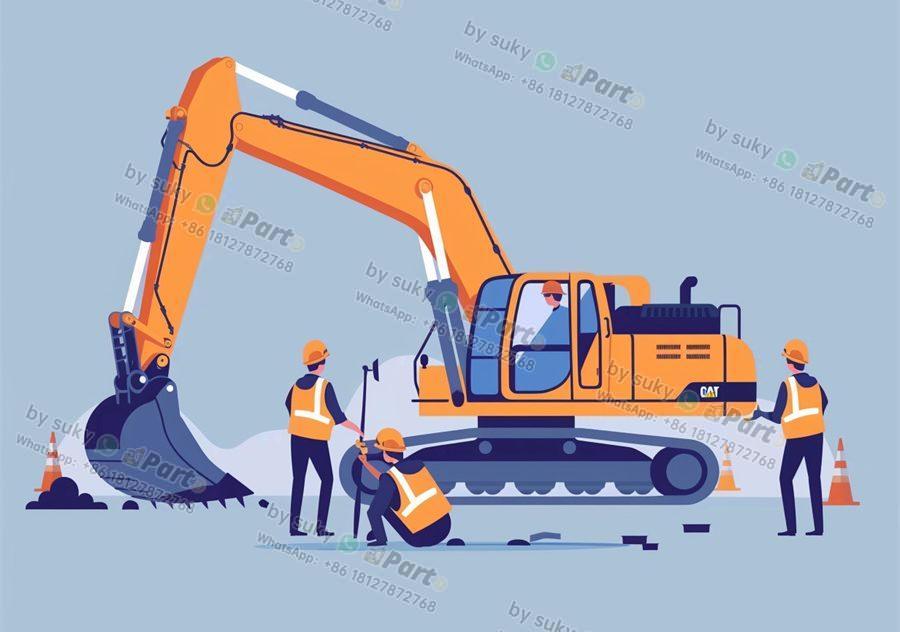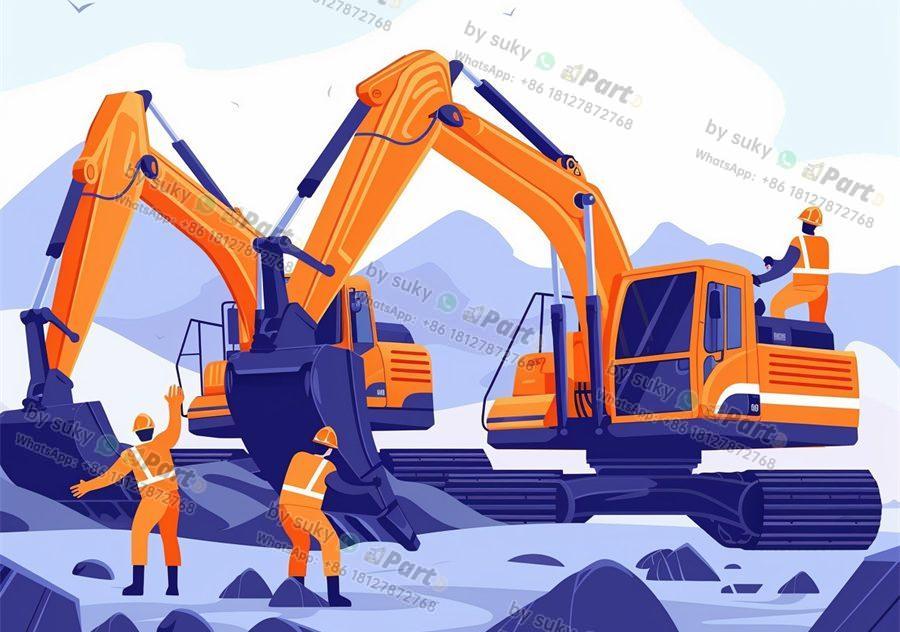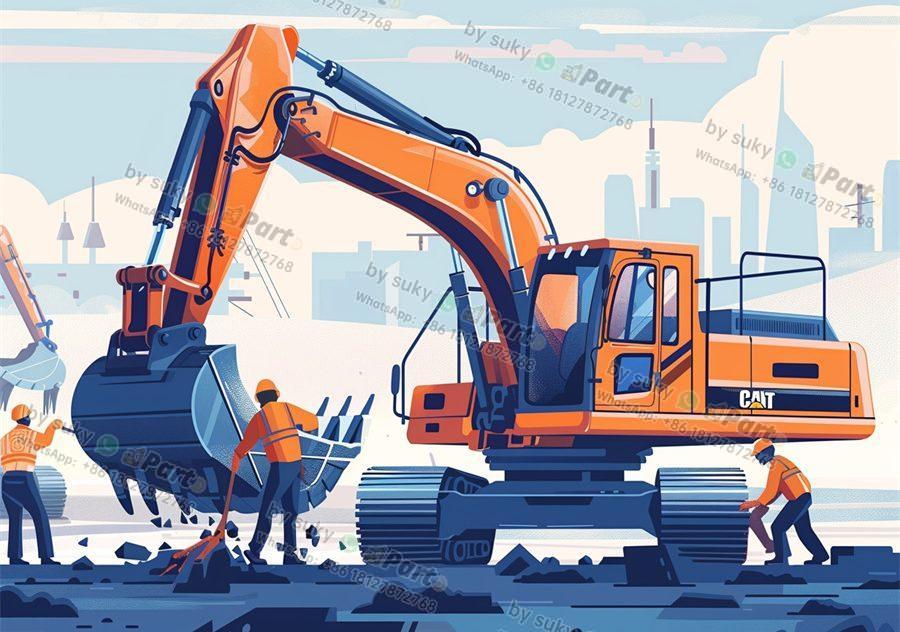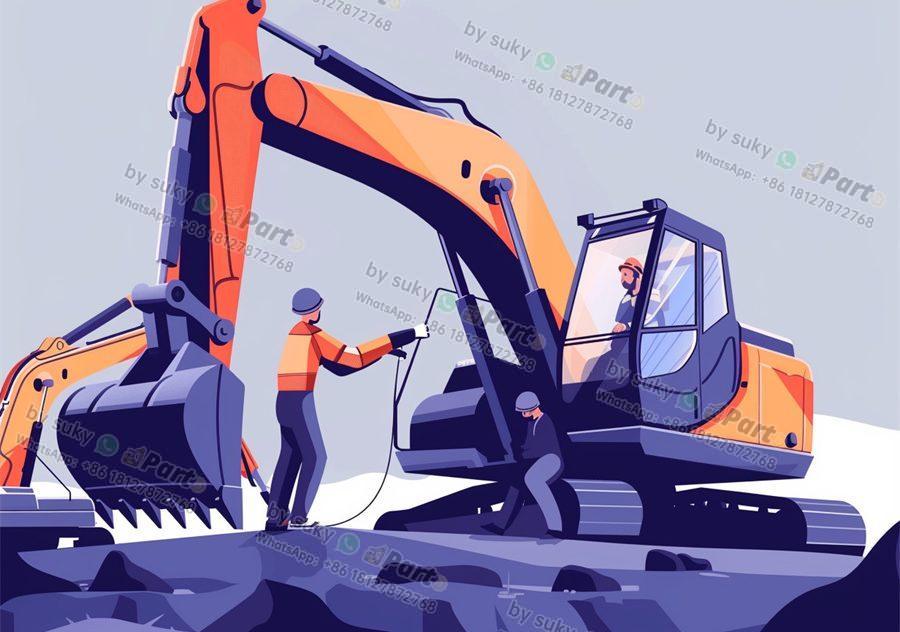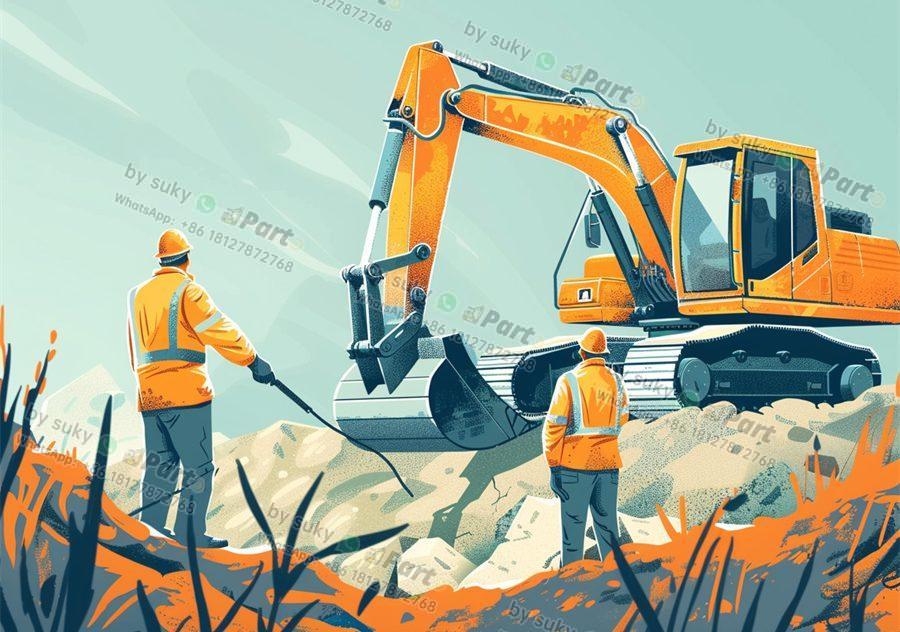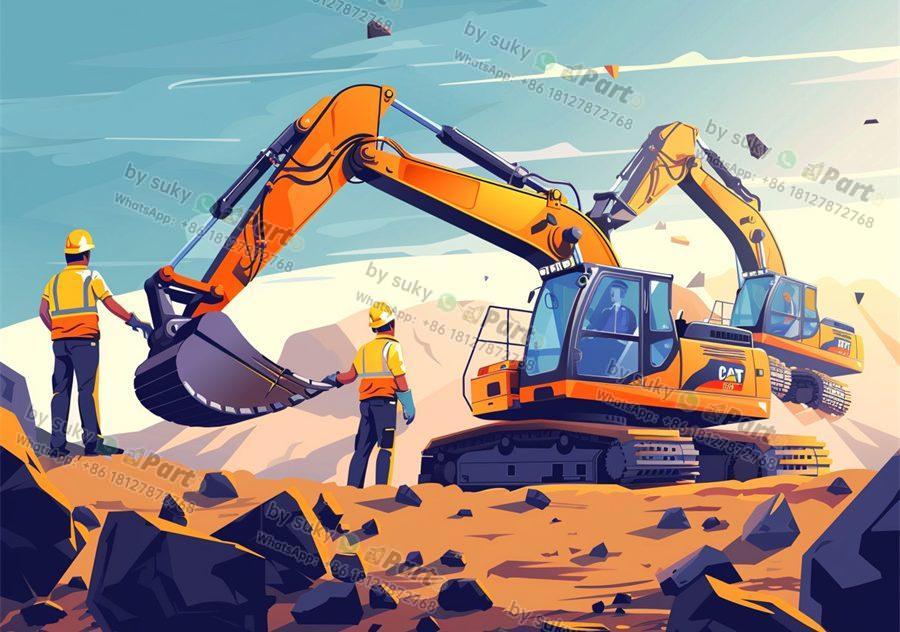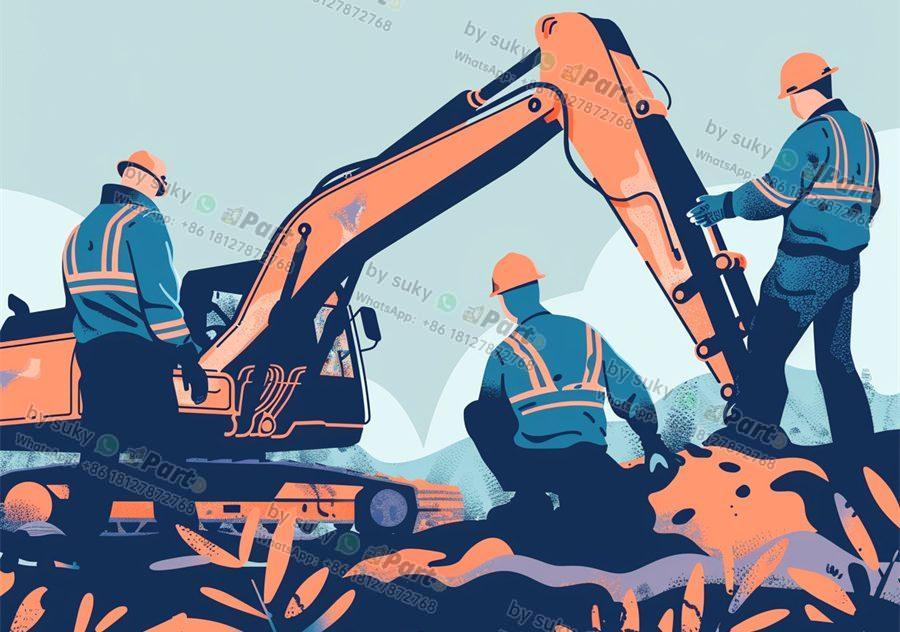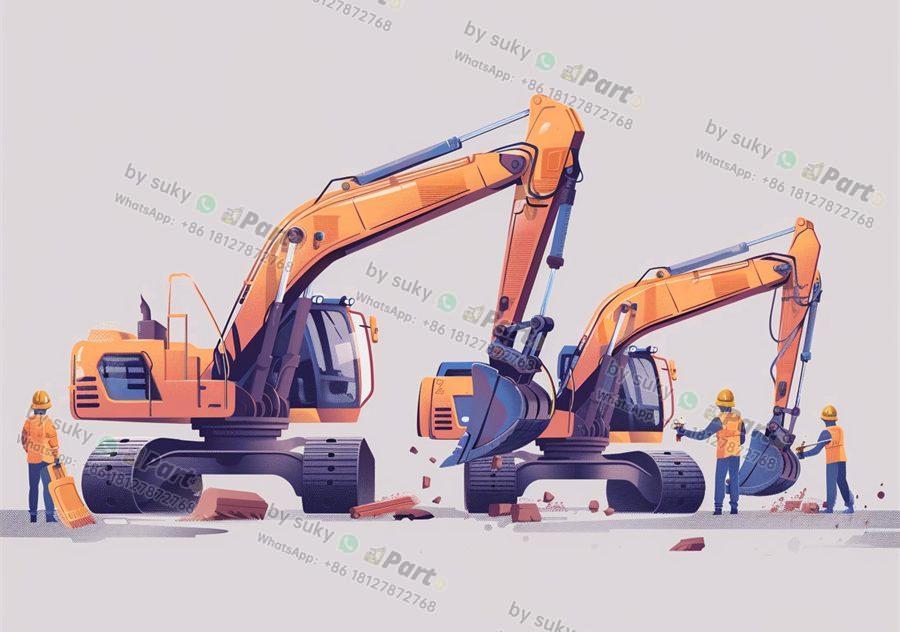When it comes to construction equipment, using OEM parts can provide numerous benefits for importers and distributors. OEM parts, or Original Equipment Manufacturer parts, are specifically designed and manufactured for a particular brand or model of equipment. In this article, we will explore the advantages of using OEM parts for construction equipment.
1. Quality Assurance
One of the main benefits of using OEM parts for construction equipment is the assurance of quality. OEM parts are designed to precise specifications and undergo rigorous testing to ensure they meet the manufacturer’s standards. This means that OEM parts are less likely to fail or malfunction, providing peace of mind to importers and distributors.
2. Perfect Fit
Another advantage of OEM parts is that they are designed to fit perfectly with the equipment they were made for. This ensures that the parts will work seamlessly with the rest of the machine, minimizing the risk of compatibility issues that can arise with aftermarket parts. A perfect fit also means that installation is easier and faster, saving time and reducing labor costs.
3. Warranty Protection
Using OEM parts can also help protect the warranty of the construction equipment. Many manufacturers require that only OEM parts be used in order to maintain the warranty coverage. By using OEM parts, importers and distributors can avoid potential issues with warranty claims and ensure that their equipment remains covered in case of any problems.
4. Longevity and Performance
OEM parts are made with the highest quality materials and craftsmanship, which can lead to improved longevity and performance of the construction equipment. By using OEM parts, importers and distributors can extend the lifespan of the equipment and maintain its optimal performance, ultimately saving money on repairs and replacements in the long run.
In summary, the benefits of using OEM parts for construction equipment are clear. From quality assurance and perfect fit to warranty protection and improved longevity, OEM parts offer numerous advantages that can benefit importers and distributors in the long term. By investing in OEM parts, businesses can ensure the reliability, durability, and performance of their construction equipment, ultimately leading to greater customer satisfaction and increased profitability.

